Home>Home Maintenance>What To Add To Clay Soils For Drainage In The Garden
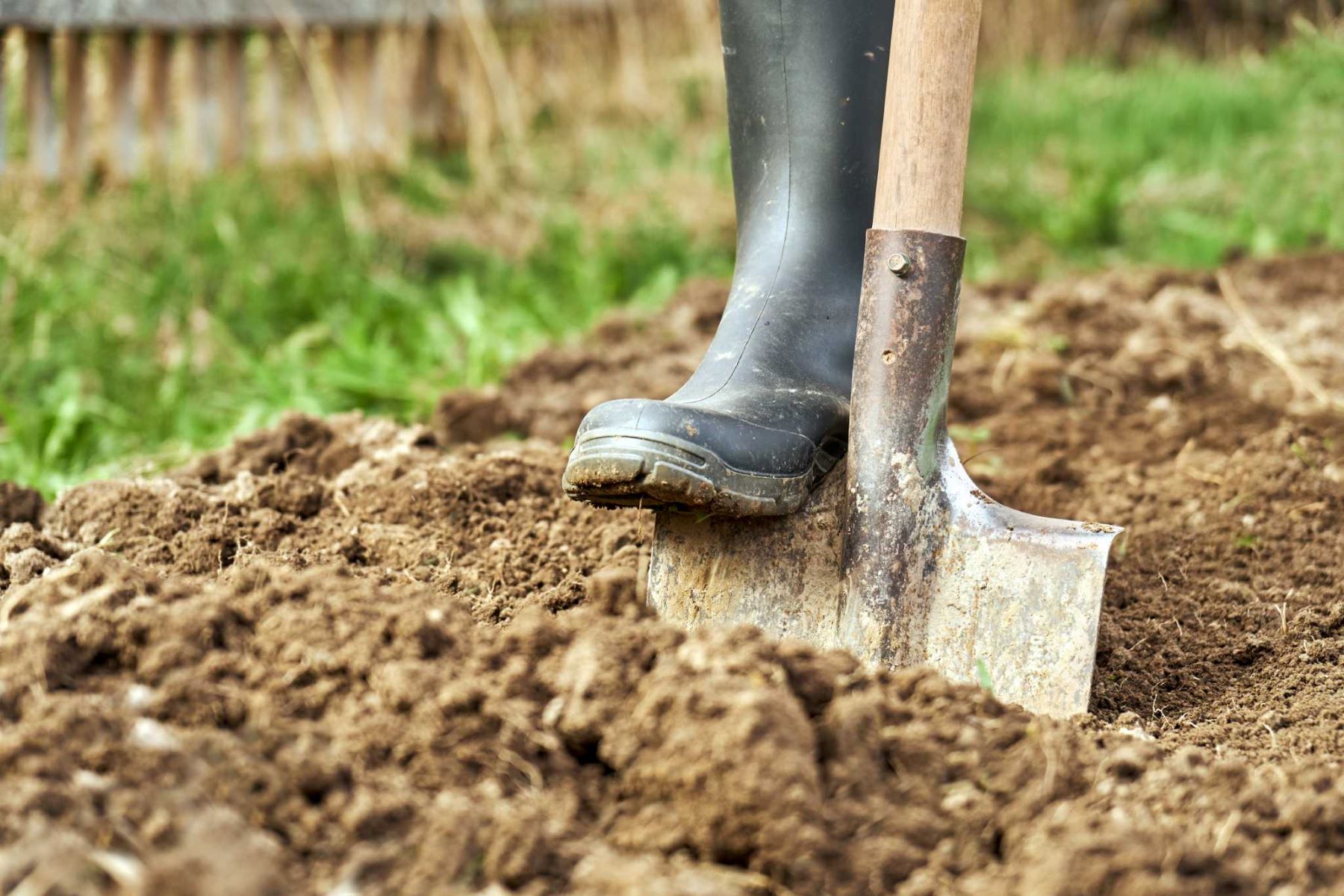

Home Maintenance
What To Add To Clay Soils For Drainage In The Garden
Modified: October 20, 2024
Learn how to improve the drainage in your garden's clay soils. Discover effective home maintenance solutions to add for optimal drainage and healthier plants.
(Many of the links in this article redirect to a specific reviewed product. Your purchase of these products through affiliate links helps to generate commission for Storables.com, at no extra cost. Learn more)
Introduction
Welcome to the world of gardening! Whether you’re an experienced gardener or just starting out, one thing is certain: the health and productivity of your garden depend on the quality of your soil. Clay soils, with their heavy texture and poor drainage, present a unique set of challenges for gardeners. However, with the right techniques and amendments, you can transform your clay soil into a thriving environment for your plants to flourish.
In this article, we will delve into the world of clay soils and discuss the importance of drainage in the garden. We will explore common challenges that arise with clay soils and provide expert advice on how to improve the drainage to create an optimal growing environment.
So, let’s roll up our sleeves and get ready to dig in! By the end of this article, you will be equipped with the knowledge and know-how to tackle clay soils head-on and create a garden that will make your neighbors green with envy.
Key Takeaways:
- Transform clay soil into a thriving garden by adding organic matter like compost and well-rotted manure to improve drainage and create a healthier environment for plants to grow.
- Avoid common mistakes like overwatering and using fine sand, and consider creating raised beds to overcome drainage challenges in clay soils and promote optimal plant growth.
Read more: What Grass Will Grow In Clay Soil
Understanding Clay Soils
Before we dive into the world of improving drainage in clay soils, let’s take a moment to understand what makes clay soils unique. Clay is a type of soil composed of fine particles that are highly compacted and hold water tightly. This compactness can create a host of challenges for gardeners.
One of the defining characteristics of clay soils is their ability to retain water. While this can be advantageous during dry spells, it can also be detrimental during periods of heavy rainfall or excessive irrigation. Clay soils can become waterlogged, leading to poor root development, stifled plant growth, and in severe cases, can cause root rot and fungal diseases.
Another characteristic of clay soils is their tendency to become easily compacted. When clay soil is compacted, it becomes solid, making it difficult for roots to penetrate and receive adequate oxygen. This can lead to stunted growth and limited nutrient uptake for plants.
Understanding the texture and behavior of clay soils is essential for addressing drainage issues in your garden. By adopting the right techniques and amendments, you can make your clay soil more friable and create a well-drained environment that promotes healthy plant growth.
So, let’s explore the importance of proper drainage in the garden and how you can overcome the challenges associated with clay soils.
Importance of Drainage in the Garden
Good drainage is crucial for the overall health and success of your garden. It ensures that excess water can efficiently drain away from the root zone, preventing waterlogging and allowing oxygen to reach the roots. Additionally, proper drainage helps to prevent the build-up of stagnant water, which can lead to the growth of harmful bacteria, fungi, and pests.
For plants to thrive, it is essential for the soil to retain a balance of air and water. Excessive moisture in the root zone can suffocate the roots, leading to root rot and poor plant health. On the other hand, a soil with insufficient moisture retention can cause drought stress and limit nutrient uptake.
Clay soils, with their dense composition, tend to retain water for extended periods. This can pose a challenge as it inhibits root growth and oxygen availability. In addition, the slow drainage of clay soils can lead to the leaching of nutrients, depriving the plants of essential elements necessary for their growth.
By improving drainage in your garden, you create a hospitable environment for plants, promoting healthy root development, and preventing water-related diseases. Proper drainage allows for the efficient movement of water throughout the soil, promoting the circulation of nutrients and oxygen, essential for vibrant plant growth.
Now that we understand the importance of drainage, let’s explore the common challenges faced when working with clay soils and discuss ways to overcome them.
Common Challenges in Clay Soils
Working with clay soils can present a variety of challenges for gardeners. Understanding these challenges is crucial in order to address them effectively and create a garden that thrives. Here are some of the most common challenges associated with clay soils:
- Poor Drainage: As mentioned earlier, clay soils have a high water-holding capacity but poor natural drainage. This can lead to waterlogged conditions, which can drown plant roots and hinder their growth.
- Compaction: Clay soils are prone to compaction, which results in a dense and hard surface. Compaction restricts proper penetration of water, air, and nutrients into the soil, hampering plant growth.
- Slow-Warming Soil: Clay soils are slow to warm up in the spring, which can delay planting and hinder seed germination.
- Cracking and Drying: In dry conditions, clay soils can crack and become hard as they lose moisture. These cracks can damage plant roots and make it challenging for water and nutrients to reach them.
- Nutrient Imbalance: Clay soils have a tendency to hold onto nutrients, making them less available for plants. This can lead to nutrient deficiencies or imbalances if not addressed properly.
- Weed Growth: Clay soils can provide an ideal environment for weed growth due to their compacted nature, which can be a nuisance for gardeners.
Don’t worry, though! Despite these challenges, with the right techniques and amendments, you can overcome these obstacles and create an environment where your plants can thrive.
Next, we will delve into the various methods you can employ to improve drainage in clay soils and create a healthier growing environment for your garden.
Improving Drainage in Clay Soils
Improving drainage in clay soils is essential for creating a well-balanced and productive garden. By implementing the following techniques and amendments, you can transform your clay soil into a more friable and well-drained medium for your plants to thrive:
Read more: What Is The Best Ground Cover For Clay Soil
1. Organic Matter Amendments:
Adding organic matter, such as compost, well-rotted manure, or leaf mold, is one of the most effective ways to improve drainage in clay soils. Organic matter helps break up the compacted soil structure, allowing for better water infiltration and aeration. It also enhances the soil’s ability to retain moisture without becoming waterlogged.
2. Sand Amendments:
Incorporating coarse sand into clay soils can help improve drainage. The sand particles create larger pore spaces in the soil, facilitating the movement of water and air. However, it is important to avoid using fine sand, as it can further compact the soil. Use a washed, coarse sand for best results.
3. Gypsum Amendments:
Gypsum is a mineral that helps to break up clay soils and improve drainage. It works by flocculating the clay particles, allowing them to clump together and create larger pore spaces. Apply gypsum according to the manufacturer’s instructions for best results.
4. Using Raised Beds or Mounded Areas:
Creating raised beds or mounded areas can help overcome drainage issues in clay soils. By elevating the soil level, you provide a suitable planting area above the poorly draining native soil. This allows for better root growth and improved drainage around the plant’s root zone.
Remember that these improvements may take time, as the amendments need to integrate with the existing soil structure. Regularly adding organic matter and correcting drainage issues will gradually enhance the overall health and structure of your clay soil.
Now that we have explored various ways to boost drainage in clay soils, it is important to avoid some common mistakes that can hinder your efforts. Let’s look at these mistakes and how to steer clear of them.
Read more: How To Enrich Clay Soil For Grass
Organic Matter Amendments
When it comes to improving drainage in clay soils, organic matter amendments play a crucial role. Adding organic matter to clay soils not only helps break up the compacted texture but also improves nutrient retention and enhances overall soil structure.
Here are some effective organic matter amendments that you can incorporate into your clay soil:
Compost:
Compost is undoubtedly one of the best amendments for clay soils. It enhances drainage by loosening the soil structure and improving soil aeration. Compost also improves the moisture-holding capacity of clay soils without causing waterlogging. Spread a layer of compost over your garden beds and work it into the top few inches of soil using a garden fork or tiller.
Well-Rotted Manure:
Well-rotted manure is another excellent source of organic matter that can be added to clay soils. It not only improves drainage but also enriches the soil with essential nutrients. Apply a layer of well-rotted manure on the soil surface and gently incorporate it into the topsoil.
Leaf Mold:
Leaf mold is an organic matter amendment made by decomposing leaves over time. It is an excellent option for improving drainage in clay soils as it loosens the texture and promotes better water infiltration. Spread a layer of leaf mold on the soil surface and incorporate it into the top few inches of soil.
Read more: How To Loosen Clay Soil For Grass
Crop Residues:
After harvesting crops, you can incorporate the plant residues into the soil to improve drainage. Chop the leftover plant material into small pieces and mix it into the topsoil. This adds organic matter while enhancing soil structure and water percolation.
Remember, organic matter amendments need to be incorporated into the soil thoroughly for maximum effectiveness. Avoid applying excessive amounts of organic matter, as it can lead to nutrient imbalances or create an overly fertile environment for weed growth. Aim for a moderate application and monitor the results.
By regularly adding organic matter to your clay soil, you will gradually see improvements in its texture, drainage, and overall health. This will create an optimal growing environment for your plants and ensure your garden thrives for years to come.
Sand Amendments
When dealing with clay soils, incorporating sand amendments can be an effective way to improve drainage. However, it is important to note that not all types of sand are suitable for this purpose. Using the wrong type of sand can exacerbate drainage issues rather than solving them.
Here are some key points to keep in mind when considering sand amendments for your clay soil:
Coarse Sand:
Coarse sand, also known as builder’s sand or horticultural sand, is the type of sand that is ideal for improving drainage in clay soils. This type of sand has larger particles that create space between the soil particles, allowing water to pass through more easily. It can help break up the compacted clay texture and promote better aeration.
Washed Sand:
When selecting sand for amending clay soils, it is important to choose washed sand. This type of sand has been thoroughly rinsed to remove fine particles and impurities. Unwashed sand may contain silt or clay particles that can further compact the soil and exacerbate drainage issues.
Read more: How To Improve Clay Soil For Lawns
Application:
Before applying sand, it is essential to assess your soil’s drainage needs. If your soil is extremely heavy and compacted, incorporating sand in moderation may be beneficial. Start by spreading a layer of coarse sand on the soil surface and using a garden fork or tiller to work it into the top few inches of soil. Avoid over-application, as excessive sand can lead to a sandy soil texture with poor water and nutrient-holding capacity.
It is important to note that sand amendments alone may not completely solve drainage issues in clay soils. Sand can help improve drainage to an extent, but it is often more effective when used in combination with organic matter amendments. This helps create a balanced soil structure that retains moisture while allowing excess water to drain away.
Regular monitoring of your soil’s drainage, moisture levels, and overall plant health will help you determine the efficacy of sand amendments in your specific garden environment. Adjusting the amount of sand amendment as needed will ensure optimal conditions for your plants to thrive.
Ultimately, proper soil preparation and ongoing maintenance are key to overcoming drainage challenges in clay soils. By using sand amendments wisely and in combination with other techniques, you can gradually transform your clay soil into a well-drained and fertile growing medium.
Gypsum Amendments
When it comes to improving drainage in clay soils, gypsum amendments can be highly beneficial. Gypsum is a mineral compound that helps to break up compacted clay soils and improve their drainage properties. It works by promoting flocculation, which causes clay particles to clump together, creating larger pore spaces for water and air to move through.
Here are some key points to consider when using gypsum amendments:
Assessing Your Soil:
Before applying gypsum, it is important to assess your soil’s pH levels and determine if gypsum is necessary. Gypsum is most effective in slightly alkaline to neutral soils. If your clay soil is highly acidic, it may be more beneficial to address the pH issue first before incorporating gypsum.
Application Rate:
The application rate of gypsum is typically specified on the product label. It is important to follow the manufacturer’s instructions for the appropriate amount of gypsum to apply per square footage of your garden area. Over-application of gypsum can lead to adverse effects on soil structure and nutrient balance.
Read more: How To Add Drainage To A Garden
Timing of Application:
It is best to apply gypsum to your soil when it is dry and workable. Avoid applying gypsum during periods of heavy rain or when the soil is excessively moist. This ensures that the gypsum can be evenly distributed throughout the soil without clumping or causing compaction.
Incorporation:
To ensure proper distribution of gypsum, mix it into the top few inches of soil using a garden fork or tiller. This helps the gypsum penetrate into the clay soil, facilitating its beneficial effects on soil structure and drainage. Take care not to overwork the soil, as excessive tilling can lead to soil compaction.
It is important to note that gypsum amendments are not a quick fix and may take time to yield noticeable results. It is recommended to apply gypsum annually or as advised by soil test results to maintain the desired soil structure and drainage improvement.
In addition to gypsum amendments, incorporating organic matter and other soil amendments can further enhance the overall health and structure of your clay soil. Regular soil monitoring will help you determine the effectiveness of gypsum amendments and allow you to make any necessary adjustments.
By using gypsum amendments strategically and in combination with other techniques, you can gradually enhance the drainage capabilities of your clay soils and create a healthier environment for your plants to thrive.
Using Raised Beds or Mounded Areas
When dealing with clay soils and their inherent drainage challenges, one effective strategy to consider is creating raised beds or mounded areas in your garden. These elevated planting areas provide several benefits for improving drainage and creating optimal growing conditions for your plants.
The Advantages of Raised Beds:
Raised beds offer numerous advantages for gardening in clay soils:
Improved Drainage:
By elevating the planting area, raised beds provide better drainage for plants. The excess water can quickly drain away from the plant roots, preventing waterlogging and promoting healthier growth.
Enhanced Soil Structure:
With raised beds, you have the opportunity to fill the bed with a well-balanced soil mix that includes organic matter, compost, and other amendments. This helps create a light and friable soil structure that retains moisture while allowing for adequate drainage.
Warmer Soil Temperature:
Clay soils can be slow to warm up in the spring, which can delay planting and slow down seed germination. Raised beds, however, warm up more quickly due to their improved drainage and exposure to sunlight, allowing for earlier planting and better overall plant growth.
Reduced Soil Compaction:
Walking or working in traditional garden beds can sometimes lead to soil compaction. Raised beds allow you to work the soil without stepping on it, minimizing soil compaction and maintaining better soil structure for improved drainage.
Creating Raised Beds:
When creating raised beds, you have several options:
Containers:
Use containers, such as wooden or metal planters, to create individual raised beds. This allows for flexibility in terms of placement and easy management of soil quality.
Bordering Materials:
Use durable materials like timber, rocks, bricks, or concrete blocks to construct the borders of your raised beds. This creates a defined area for planting and helps contain the soil within the raised bed structure.
Sheet Mulching:
You can also create mounded areas using a technique called sheet mulching. Layer organic matter, such as cardboard or newspaper, and compost over the clay soil to build up the raised bed surface. Over time, the layers decompose and create a fertile and well-drained planting area.
Remember to monitor the moisture levels in your raised beds to ensure they do not dry out too quickly. Regularly adding organic matter and maintaining a healthy soil structure will further enhance the benefits of raised beds in improving drainage and promoting plant growth.
By utilizing raised beds or mounded areas in your garden, you can overcome the drainage challenges of clay soils and create an environment that fosters healthy plant growth and productive gardening.
Avoiding Common Mistakes
When it comes to improving drainage in clay soils, it’s important to be aware of common mistakes that can hinder your efforts. By avoiding these pitfalls, you can maximize the benefits of your soil amendments and create an optimal growing environment for your plants.
Avoid Overwatering:
One of the most common mistakes in gardening, especially with clay soils, is overwatering. While it’s important to keep plants adequately hydrated, excessive watering can lead to waterlogged conditions and exacerbate drainage issues. Make sure to water plants deeply but infrequently, allowing the soil to dry out slightly between waterings.
Don’t Overwork the Soil:
When amending your clay soil, it’s crucial to strike a balance between incorporating organic matter and being cautious not to overwork the soil. Excessive tilling or digging can lead to soil compaction, undoing the progress made in improving drainage. Only till or dig the soil when necessary, and avoid walking on garden beds to minimize compaction.
Read more: How To Amend Clay Soil For Turf Grass
Be Mindful of Fertilizer Usage:
While it’s important to provide necessary nutrients to your plants, using excessive amounts of fertilizer in clay soils can actually hinder drainage. Over-fertilization can lead to nutrient imbalances and create compacted soil conditions. Follow the recommended application rates and consider conducting a soil test to determine your specific nutrient needs.
Avoid Using Fine Sand:
When amending clay soils with sand, it’s crucial to use the right type of sand. Fine sand can further compact the soil and worsen drainage issues. Opt for coarse sand instead, which helps to create larger pore spaces and improve drainage without compacting the soil.
Don’t Neglect Regular Monitoring:
Improving drainage in clay soils is an ongoing process. It’s essential to regularly monitor the moisture levels, nutrient levels, and overall health of your plants. Adjust your watering practices and amend the soil as needed to maintain optimal growing conditions.
Avoid Ignoring Soil Testing:
Performing regular soil tests is crucial for understanding the specific composition of your clay soil and identifying any nutrient deficiencies or imbalances. Soil testing can help guide your amendment choices, ensuring that you are providing the necessary elements for plant growth while improving drainage.
By being mindful of these common mistakes and taking proactive steps to avoid them, you can successfully improve the drainage in your clay soils and create a garden that thrives.
Conclusion
Gardening in clay soils can be a challenging endeavor, but with the right techniques and amendments, you can transform your garden into a thriving oasis. Improving drainage in clay soils is essential for creating an optimal growing environment that promotes healthy plant growth and minimizes water-related issues.
Throughout this article, we’ve explored the importance of drainage in the garden and discussed common challenges faced when working with clay soils. We’ve also delved into various methods to improve drainage, such as organic matter amendments, sand amendments, gypsum amendments, and using raised beds or mounded areas.
By incorporating organic matter amendments like compost, well-rotted manure, or leaf mold, you can enhance the soil structure and water-holding capacity of clay soils. Sand amendments, specifically using coarse and washed sand, can help create larger pore spaces and improve drainage. Gypsum amendments can aid in breaking up compacted clay soils and enhancing drainage properties. Additionally, creating raised beds or mounded areas offers improved drainage, soil structure, and warmth for your plants.
It’s important to avoid common mistakes such as overwatering, overworking the soil, and neglecting regular monitoring. By being mindful of these pitfalls, you can ensure long-term success in improving your clay soils’ drainage capabilities.
Remember, improving drainage in clay soils is an ongoing process. Regularly assessing your soil, making necessary amendments, and monitoring the health of your plants will lead to a garden that thrives year after year. With patience, perseverance, and an understanding of your clay soils’ unique characteristics, you can create a garden that surpasses your expectations.
So, embrace the challenge, get your hands dirty, and watch as your clay soil transforms into a flourishing garden filled with vibrant colors, delicious harvests, and the satisfaction of turning a seemingly challenging soil type into a gardening success story.
Frequently Asked Questions about What To Add To Clay Soils For Drainage In The Garden
Was this page helpful?
At Storables.com, we guarantee accurate and reliable information. Our content, validated by Expert Board Contributors, is crafted following stringent Editorial Policies. We're committed to providing you with well-researched, expert-backed insights for all your informational needs.
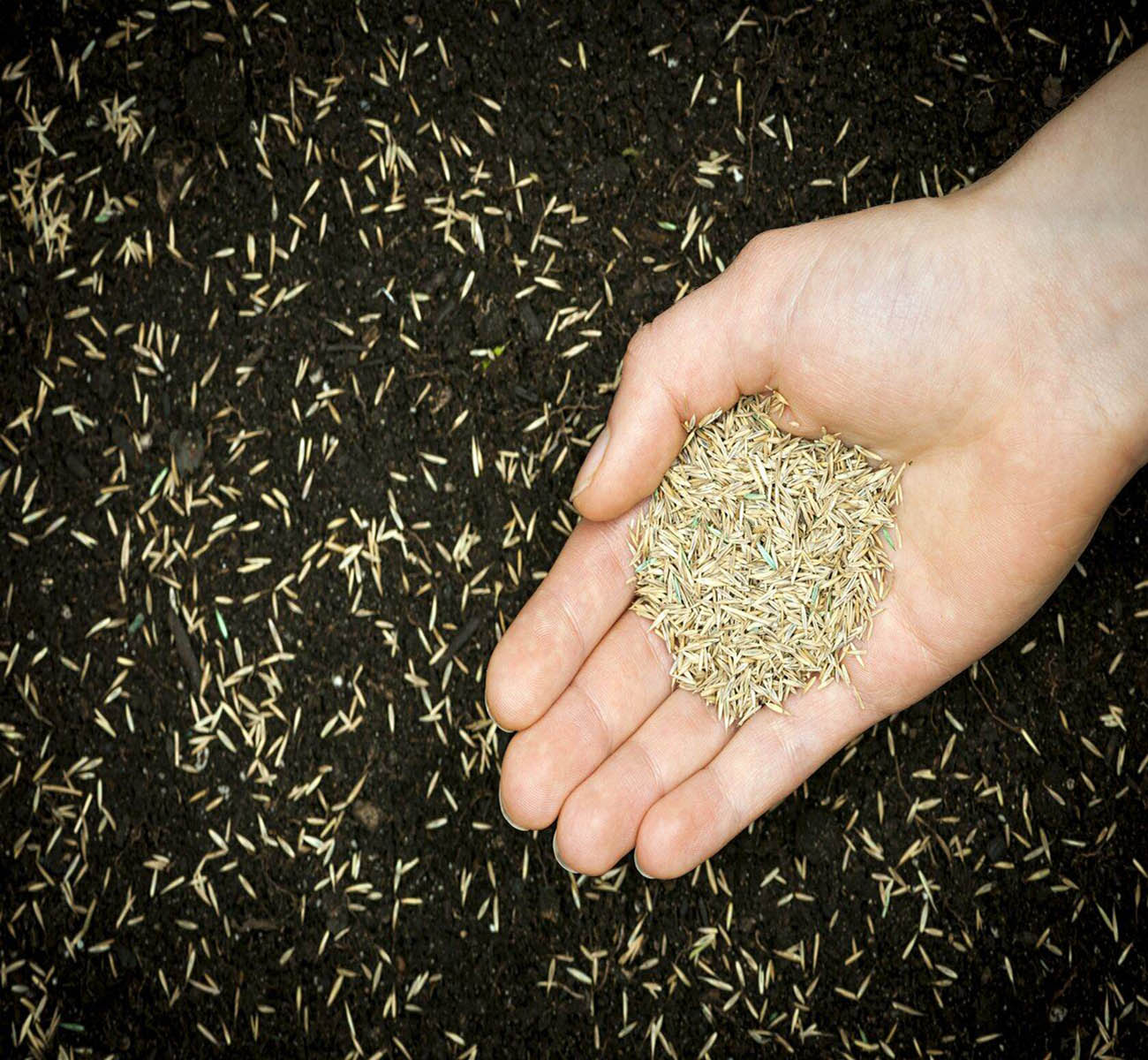
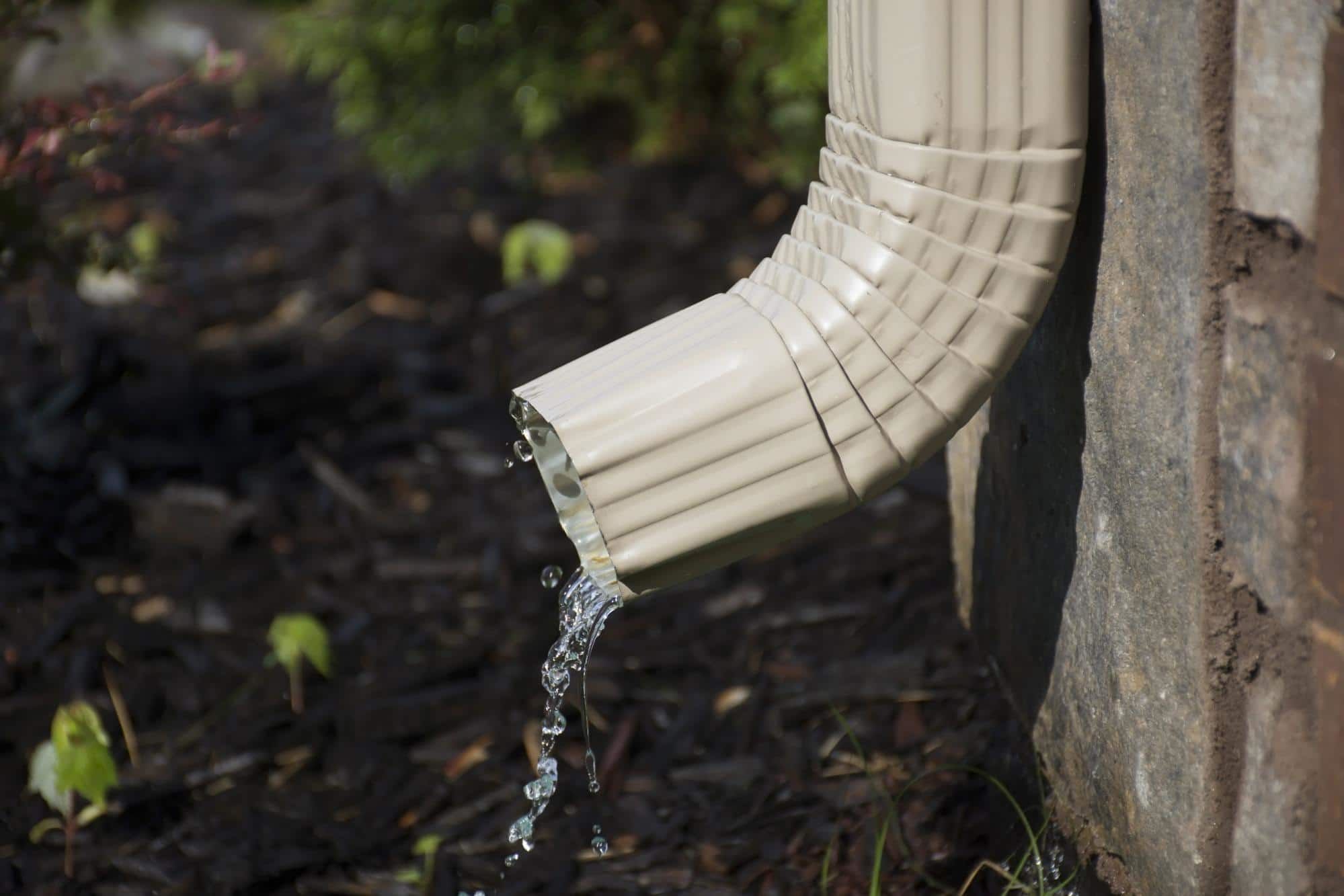
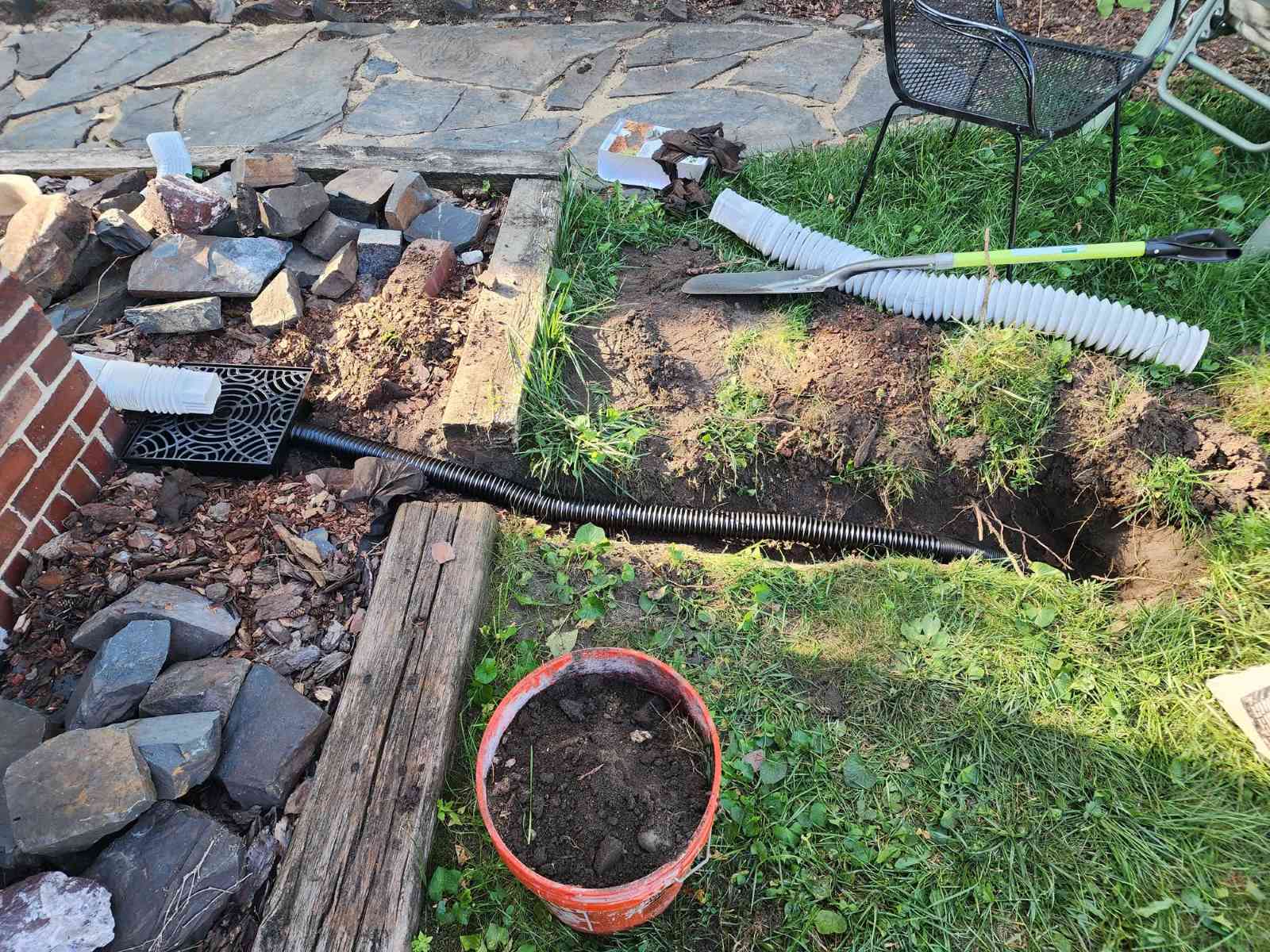
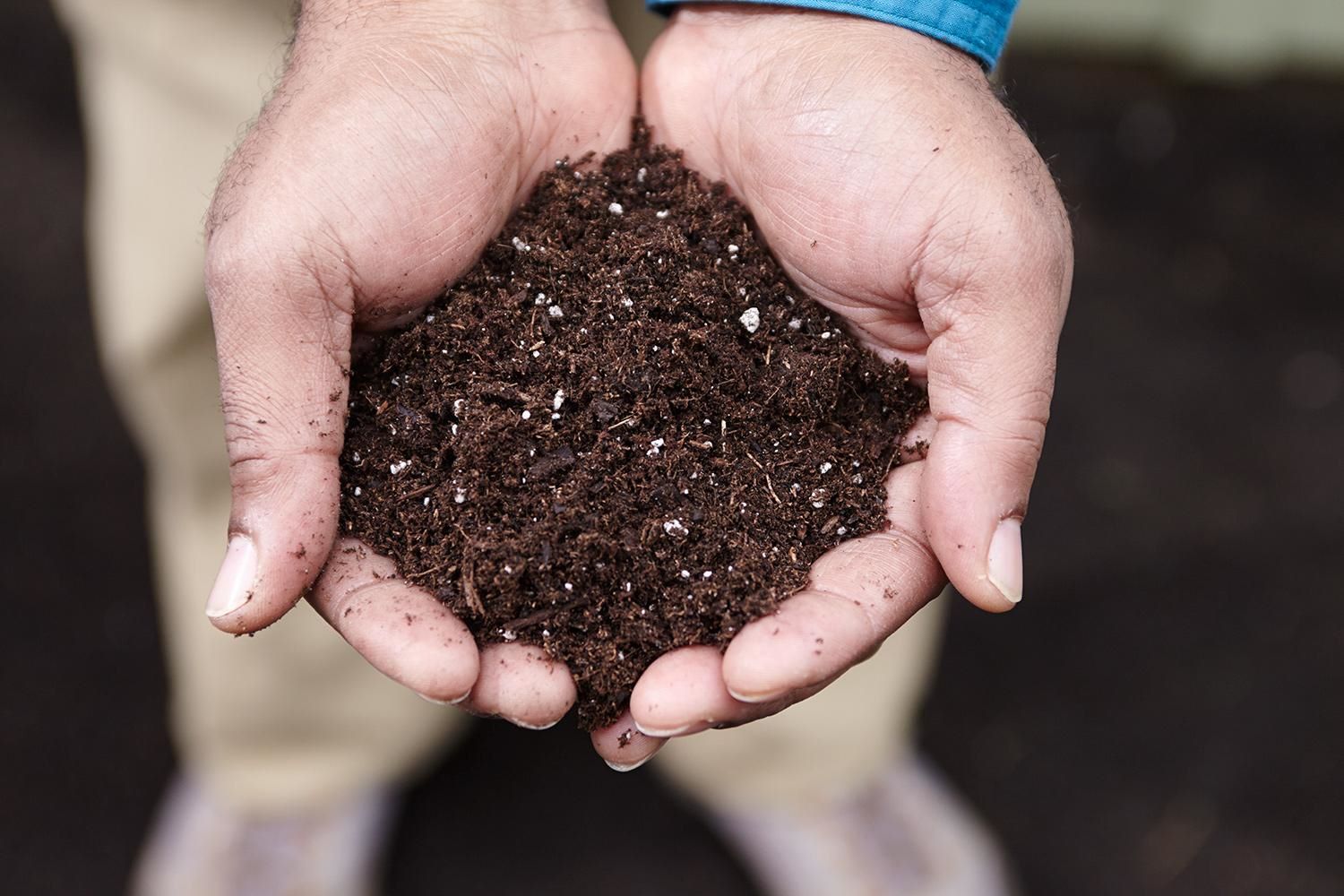
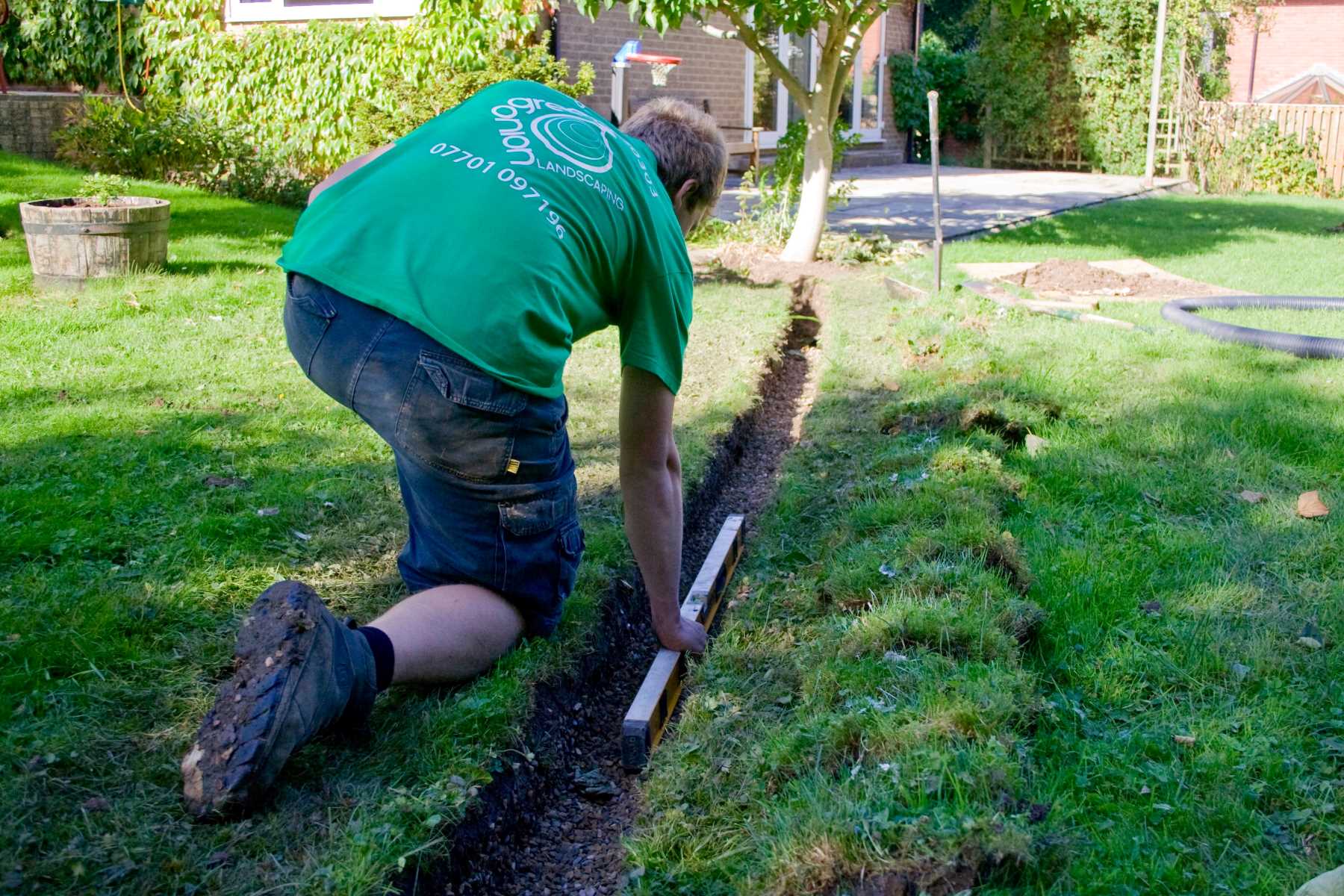
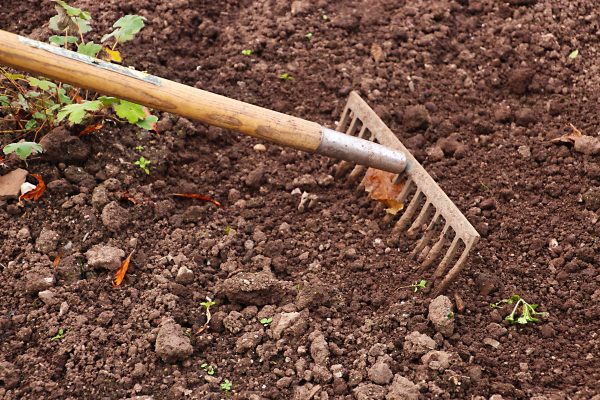
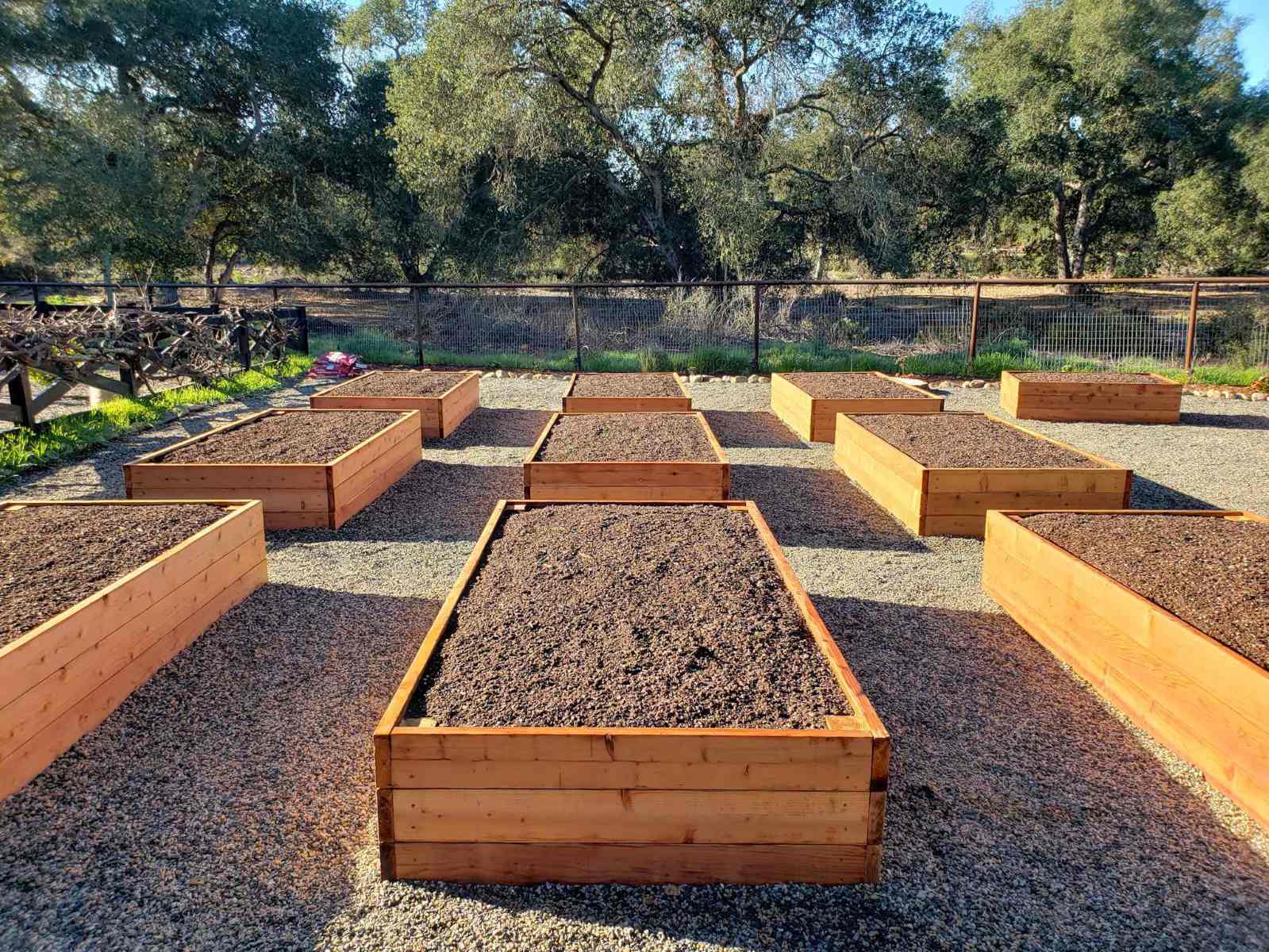

0 thoughts on “What To Add To Clay Soils For Drainage In The Garden”